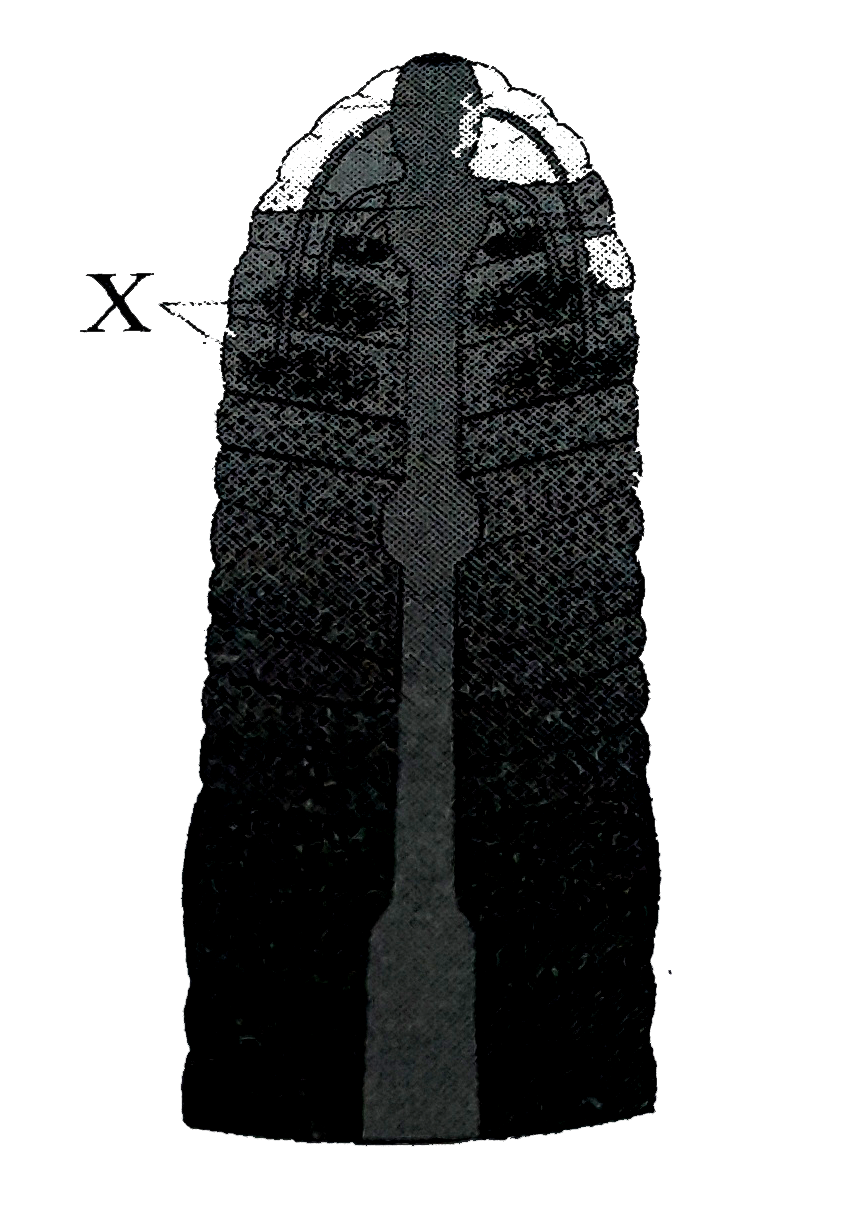Refer to the periodic table given in your book and now answer the following questions:
a. Select the possible non metals that can show disproportionation reaction.
b. Select three metals that can show disproportionation reaction.
To solve the question regarding disproportionation reactions, we will break it down into two parts: identifying non-metals and metals that can undergo these reactions.
Part A: Non-Metals that can Show Disproportionation Reaction
1. Identify Non-Metals: From the periodic table, we focus on non-metals. Common non-metals include phosphorus (P), chlorine (Cl), and sulfur (S).
2. Phosphorus (P):
- Phosphorus can undergo disproportionation. For example, in the reaction:
P4+3OH−→PH3+H3PO2
- In this reaction, phosphorus is both oxidized and reduced.
3. Chlorine (Cl):
- Chlorine also shows disproportionation. For example:
Cl2+2OH−→Cl−+ClO−+H2O
- Here, chlorine is reduced to chloride ion (Cl^-) and oxidized to hypochlorite ion (ClO^-).
4. Sulfur (S):
- Sulfur can also undergo disproportionation. For example:
S8+12OH−→4S2−+2S2O2−3+6H2O
- In this reaction, sulfur is both oxidized and reduced.
Conclusion for Part A: The possible non-metals that can show disproportionation reactions are phosphorus (P), chlorine (Cl), and sulfur (S).
Part B: Metals that can Show Disproportionation Reaction
1. Identify Metals: We will look for metals that can undergo disproportionation. Common examples include copper (Cu), gallium (Ga), and silver (Ag).
2. Copper (Cu):
- Copper can undergo disproportionation:
2Cu+→Cu2++Cu0
- Here, Cu^+ is oxidized to Cu^2+ and reduced to Cu^0 (solid copper).
3. Gallium (Ga):
- Gallium can also show disproportionation:
2Ga+→Ga3++Ga0
- In this reaction, Ga^+ is oxidized to Ga^{3+} and reduced to Ga^0 (solid gallium).
4. Silver (Ag):
- Silver can undergo a similar reaction:
2Ag+→Ag0+Ag+
- Here, Ag^+ is reduced to Ag^0 and remains as Ag^+.
Conclusion for Part B: Three metals that can show disproportionation reactions are copper (Cu), gallium (Ga), and silver (Ag).
Summary of Answers
- Non-Metals: Phosphorus (P), Chlorine (Cl), Sulfur (S)
- Metals: Copper (Cu), Gallium (Ga), Silver (Ag)
- Phosphorus can undergo disproportionation. For example, in the reaction:
P4+3OH−→PH3+H3PO2
- In this reaction, phosphorus is both oxidized and reduced.
- Chlorine also shows disproportionation. For example:
Cl2+2OH−→Cl−+ClO−+H2O
- Here, chlorine is reduced to chloride ion (Cl^-) and oxidized to hypochlorite ion (ClO^-).
- Sulfur can also undergo disproportionation. For example:
S8+12OH−→4S2−+2S2O2−3+6H2O
- In this reaction, sulfur is both oxidized and reduced.
- Copper can undergo disproportionation:
2Cu+→Cu2++Cu0
- Here, Cu^+ is oxidized to Cu^2+ and reduced to Cu^0 (solid copper).
- Gallium can also show disproportionation:
2Ga+→Ga3++Ga0
- In this reaction, Ga^+ is oxidized to Ga^{3+} and reduced to Ga^0 (solid gallium).
- Silver can undergo a similar reaction:
2Ag+→Ag0+Ag+
- Here, Ag^+ is reduced to Ag^0 and remains as Ag^+.
- Non-Metals: Phosphorus (P), Chlorine (Cl), Sulfur (S)
- Metals: Copper (Cu), Gallium (Ga), Silver (Ag)
Topper's Solved these Questions
- REDOX REACTIONSBOOK - NCERT ENGLISHCHAPTER - REDOX REACTIONSEXERCISE - EXERCISE
30 Videos
- ORGANIC CHEMISTRY- SOME BASIC PRINCIPLES AND TECHNIQUESBOOK - NCERT ENGLISHCHAPTER - ORGANIC CHEMISTRY- SOME BASIC PRINCIPLES AND TECHNIQUESEXERCISE - EXERCISE
40 Videos
- SOME BASIC CONCEPTS OF CHEMISTRY BOOK - NCERT ENGLISHCHAPTER - SOME BASIC CONCEPTS OF CHEMISTRY EXERCISE - All Questions
45 Videos
Similar Questions

The table shows a part of the periodic table, with some elements in their position. Answer the following questions:
Name three elements of the same period.
View SolutionUse the periodic table to answer the following questions :
Identify the groups having metal, non-metal, liquid as well as gas at the room temperature.
View SolutionIn the periodic table, metallic chracter of the elements shows one of the following trend:
View Solution
The table shows a part of the periodic table, with some elements in their position. Answer the following questions:
Name the elements whose oxides form strong alkalis.
View Solution
The table shows a part of the periodic table, with some elements in their position. Answer the following questions:
Give the atomic numbers of two elements, which are inert in nature.
View SolutionThe following questions refer to the periodic table :
Name the element which may be placed in group 1 but is not a metal.
View Solution
The table shows a part of the periodic table, with some elements in their position. Answer the following questions:
Name atomic numbers of three elements in the halogen group.
View Solution
The table shows a part of the periodic table, with some elements in their position. Answer the following questions:
Name a transition element.
View SolutionA part of the periodic table is shown below with one element missing :

Based on the above table , answer the following questions :
Name the lightest alkali metal.
View SolutionThe given figure shows the nephridial system of earthworm and answer the question .

Select the option which shows the correct identification and the function of the structure marked as "X".
View Solution
